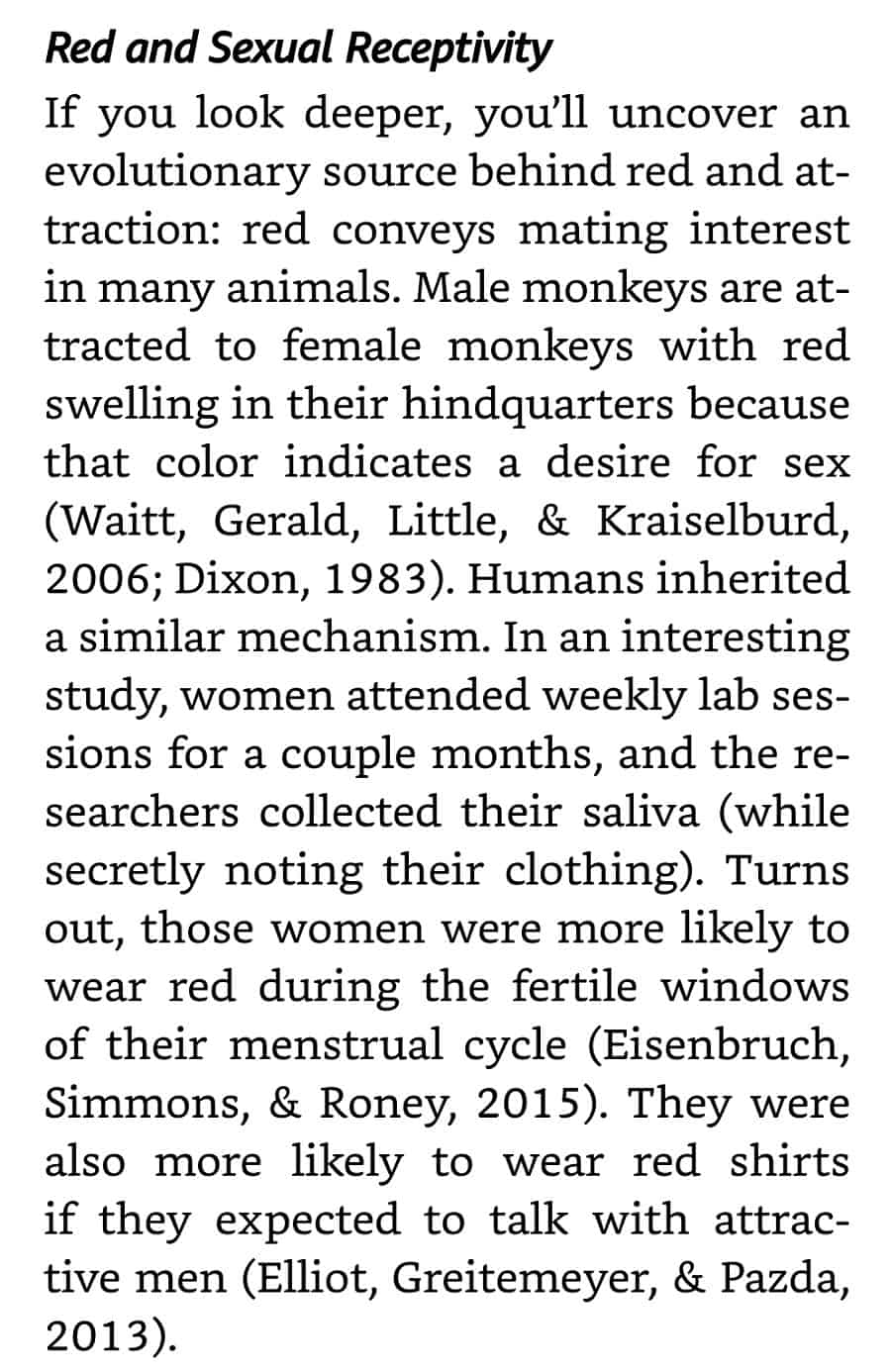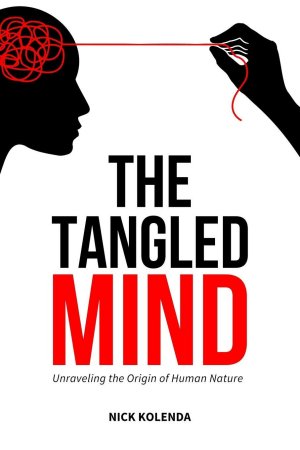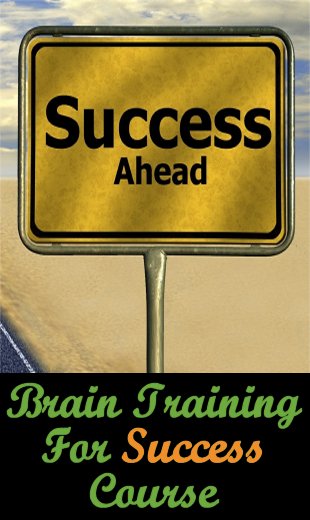The Tangled Mind – A Sort Of Review
Before I start, I’m going to tell you right away that writing a review of The Tangled Mind that does it justice is going to be difficult.
So let me start by showing you the first part of the book description:
“Humans learn by association. Every concept that you understand is connected to an earlier concept. So then, what happens if you retrace those connections? Wouldn’t you eventually find a starting point? Indeed, you would. The Tangled Mind argues that a small group of primitive concepts fueled your knowledge of the world.“
In other words, it attempts to posit hypotheses that explain why we perceive the world and our surroundings the way we do.
The book was written by Nick Kolenda, who researches and publishes articles, videos, and books about psychology.
I can’t remember where or how I first came across Nick, but I’m pretty sure it would have been one of his videos that I saw, maybe on Facebook.
I’ve seen plenty of other information about psychology, but a lot of it is dry and boring – not so with Nick, who not only makes it fun but also presents ideas that are both fascinating and thought-provoking.
Anyway, back to the book.
It’s split into three main sections, which cover:
- Origin
- Scaffolding
- Simulation
- Primitives
- Size
- Object
- Location
- Distance
- Motion
- Shape
- Orientation
- Sound
- Physiology
- Emotions
- Colour
- People
- Applications
- Beauty
- Morality
- Religion
- Literature
- Time
The book does need to be read from front to back because later on he frequently references concepts (e.g. scaffolding) that are covered early on.
And yes, the book does contain some more technical terms and concepts, but they are all explained thoroughly for the benefit of people like me who have no formal training in this discipline.
Each chapter addresses one specific topic in detail, as you can see from the above list of contents, but often from multiple perspectives, and as I said, the information is cumulative in that it builds on what came before.
It should be said, I think, that Nick’s thoughts sometimes differ from other, more widely accepted ideas, but that’s good – what would be the point of publishing a book that offered nothing new or different? (I was actually going to point out that the book is unique – but all books should be unique, because, to paraphrase Stephen Covey, if two books say the same thing, one is unnecessary.)
There is so much information in this book that it was difficult for me to take it all in on the first reading, so I suspect I will be dipping into this book over and over again.
The hypotheses that Nick puts forward include some that are reasonably well known, but many that aren’t, and I have to say that some of the connections that are made seem, well, far-fetched.
However, like I said, I am certainly no expert in psychology, even though I’ve found it a fascinating subject for most of my adult life, but there are plenty of studies that are referenced.
To illustrate just how many references there are, I read the Kindle version of this book, and I was surprised to see that, when I was only 60% through it, that I hit the References chapter – and the rest of the book, which would equate to over 80 pages in a paperback edition, is nothing but studies that Nick has used in putting this book together.
So this is definitely not simply a case of Nick throwing some crazy ideas together – they are all backed by at least one formal study or paper.
Having said that, it is acknowledged that one of the problems with science today is that a significant number of scientific research cannot be duplicated.
That is, the person or team who make a discovery should document in detail what they did, because others ought to be able to replicate those findings if they follow the same process.
This is, indeed, part of the scientific method, and it’s vital because it is intended to demonstrate that the results were not based on chance or some quirk of the specific researcher(s).
So, while many of the results of the studies referenced in this book seem bizarre, are those results replicable?
For example, here’s one of many such studies that I could have chosen from:

On the face of it, this makes a degree of sense, but I wonder how many people have conducted similar studies and, if they have, what results did they find?
Note that I am not in any way suggesting that Nick or the studies he references are bogus – only that it’s difficult to assess the thoroughness of those studies, and with hundreds of them listed in the book, there is no way I have the time to check all of them out.
Now, here’s what I found particularly interesting about this book.
A lot of the ideas that Nick describes are centred around the idea of simulation (which is explained in the second chapter of the Origin section of the book, near the beginning).
For example, “People are more likely to buy a mug if the handle appears on the same side of their dominant hand (Elder & Krishna, 2011). If the handle appears on the right, then right-handed people can simulate grabbing the handle (and vice versa for left-handed people with the left side).“
If I’m understanding it correctly, then simulation is something that requires the ability to visualize.
And as I’ve mentioned before, I suffer from aphantasia, which effectively means that my “mind’s eye” is blind.
And what I discovered, when reading the book and many of the examples quoted, is that I do not think in the way discussed.
I get that nobody is claiming that 100% of people react the same way to stimuli, because we all have unique experiences of life, but even so, that got me wondering whether:
- Does my inability to visualize interfere with the simulation process, resulting in my not perceiving the world around me in the same way as other people?
- Is the fact that I am toward the lower end of the autism spectrum significant? And do people at the higher end of the spectrum experience even more differences in their perception?
UPDATE: I asked Nick these questions and he responded by saying that what he means by simulation is a lot broader than simple mental imagery – so maybe I’m just weird. 🙂
On the plus side, there are some studies whose results would seem to be beneficial in terms of the work I do – like writing articles (such as this one and all the others on this site), selling products, and maybe in the way I interact with others (not that I do much of that these days since I almost never leave the house).
Perhaps I can use some of these ideas to make my writing more engaging or better structured?
Or maybe I can create listings for the products I sell that resonate better with the people who may be interested in buying them?
For example, I have a large range of coffee mugs bearing designs I created, so I need to check which orientation the handles are in the product photos. If most people are right-handed – around 90% according to current estimates, although it’s intriguing that this number has apparently decreased over time – then I should ensure the handles face to the right, based on what Nick explains in Chapter 2.
And how would it work if I asked people whether they were left- or right-handed up front, and then dynamically changed the orientation of the handles on those mugs based on their answer?
Again, it’s difficult for me to tell because many of these unconscious influences appear not to work too well on me.
Conclusion
If you want to get a glimpse into how the human mind works and why it responds to stimuli the way it does, then I can highly recommend this book.
And having re-read this review, I think I was right – it doesn’t really do it justice, because it is a beautifully put-together book that is chock full of fascinating thoughts about the way we humans see and respond to the world around us.
Additional Resources
These are suggestions for those who wish to delve deeper into any of the above:








